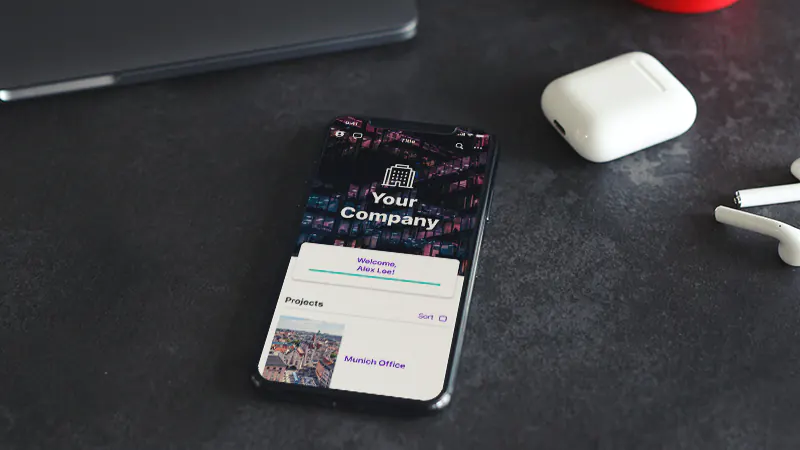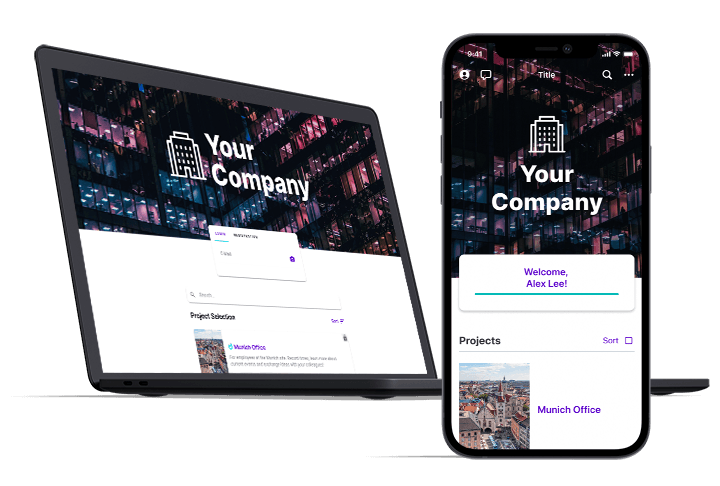Due to the recent ruling of the German Federal Labor Court on Work time recording, many companies are facing the challenge of implementing a system that enables electronic time recording. In our article, we address the ruling, discuss initial suggestions for action, and offer alternatives to help you overcome this sudden challenge.
Work time recording ruling
In its ruling of September 13, 2022, the Federal Labor Court in Erfurt decided on the introduction of electronic time recording.
“Pursuant to Section 3 (2) No. 1 of the ArbSchG, the employer is obliged to introduce a system by which the working time worked by employees can be recorded.”
Electronic Work time recording is now mandatory for the employer. The court refers here to a ruling already made by the ECJ in May 2019, which also became known as the time clock ruling. According to the EU, there was already an obligation to record work time from then on, which the German state did not pursue, however.

Introduce work time recording
Basically, there are now two options to choose from – in-house development and ready-made solution. The biggest advantage of in-house developed work time recording is that it is usually custom-made for your company. Disadvantages are enormous costs and a high expenditure of time. Changes in the future are also only possible via the original developer, which causes additional costs.
Implementing a ready-made solution for work time recording saves you time and is less expensive than developing it yourself. However, since it is not developed to fit exactly, the integration is often a challenge not only technically, but also for the personnel. Another foreign system with additional login data, which usually does not appear in the CI of the company, can quickly cause confusion and frustration among your employees.
Making a virtue of necessity
There is an alternative to the classic options mentioned above. The introduction of an employee app! Work time recording is one part of it. However, this app can do much more. An employee app is a fast and cost-effective alternative to in-house development, which can also be customized as much as possible. This is particularly important when it comes to adapting to your own CI.
A significant advantage here is also the possibility of completely independent management of the app, if you wish. This saves you long communication channels and allows you to adapt the platform according to your company’s requirements.
Employee app for work time recording
Work time recording via an app is only one part of the employee app. If you don’t want to cover anything else with it, that is of course possible. However, the introduction of an employee app offers you enormous opportunities.
Reach your entire staff through the app. Easily share information with every member of the workforce via news, pages, push notifications, calendars, directories, and other features. Encourage interaction with each other via chat, group chat, and social feed. Get valuable feedback and activate your staff via forms and the like/comment feature in News, Pages and other places of your employee app.
The features and possibilities just listed are numerous and individually already offer great advantages. Something like this cannot be introduced in one day and at once. Another advantage of your employee app is its modular design. This enables you to connect and introduce individual content and features piece by piece. For now, implement the most important functions, such as work time recording, a few informative pages and news.
Further content can be introduced completely autonomously by you over time. Content delivery can also be done in spurts of specific departments or locations via our Groups feature. Thus, your employee app grows along with the company to inform, connect and engage.

Requirements of an employee app
Learn about the requirements of an employee app and what needs to be considered in order to realize them in the best possible way.

